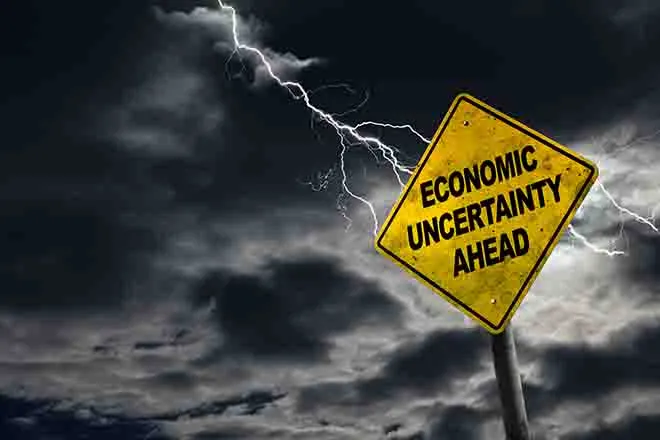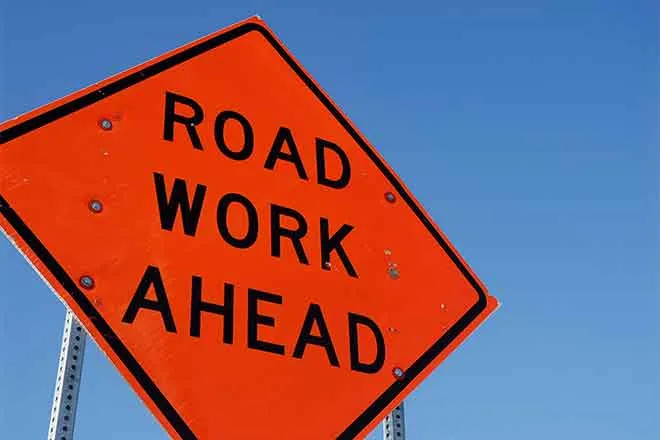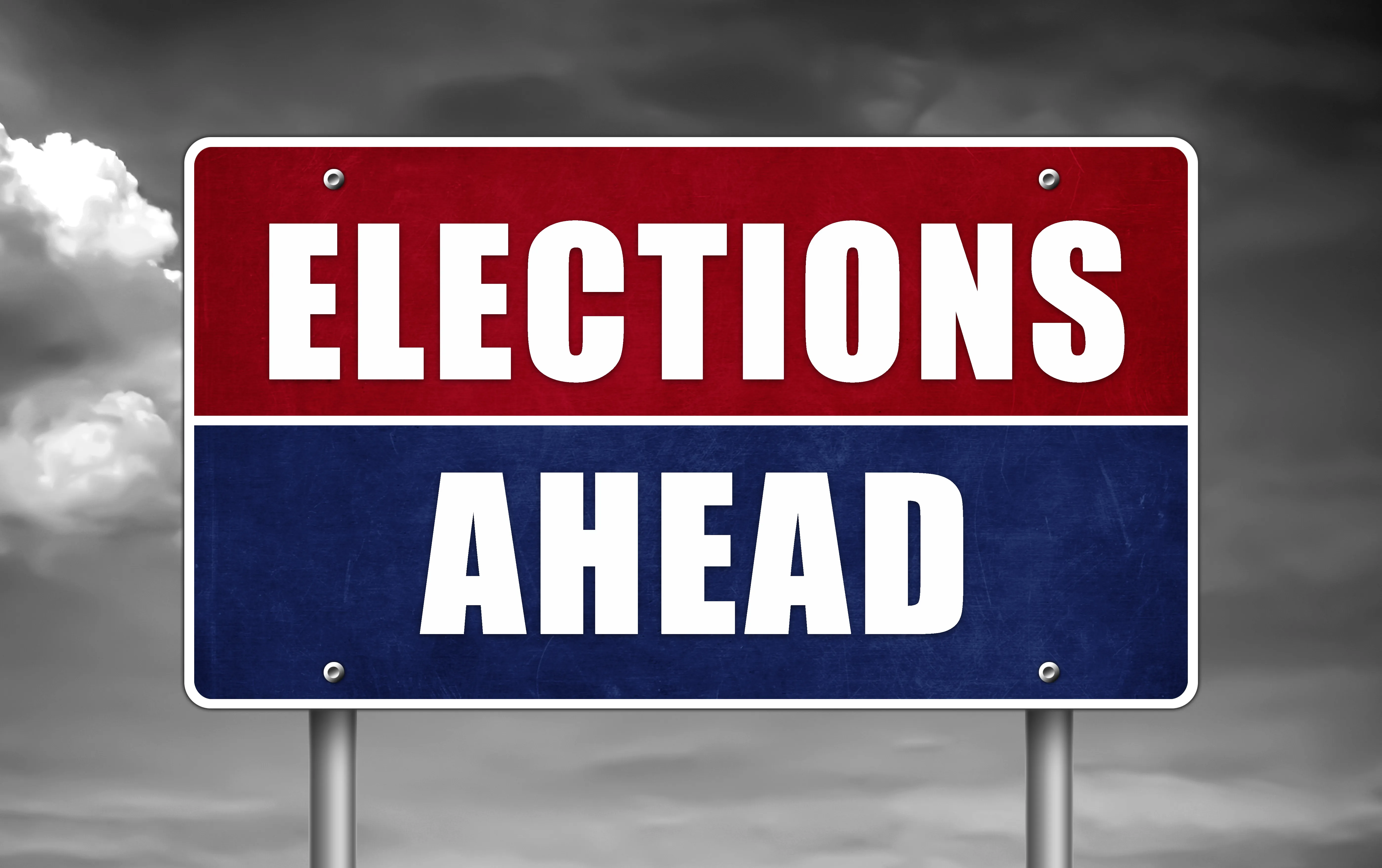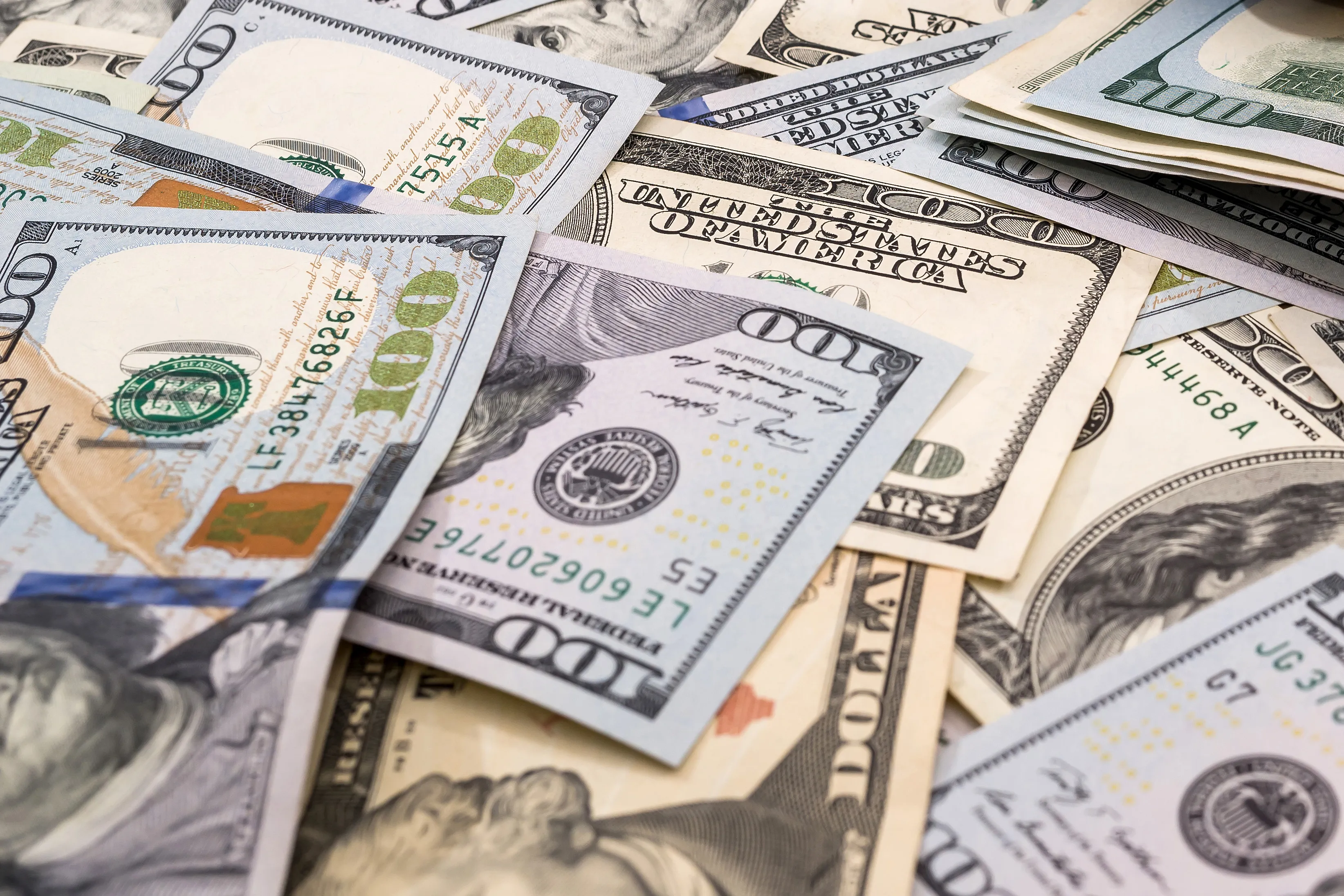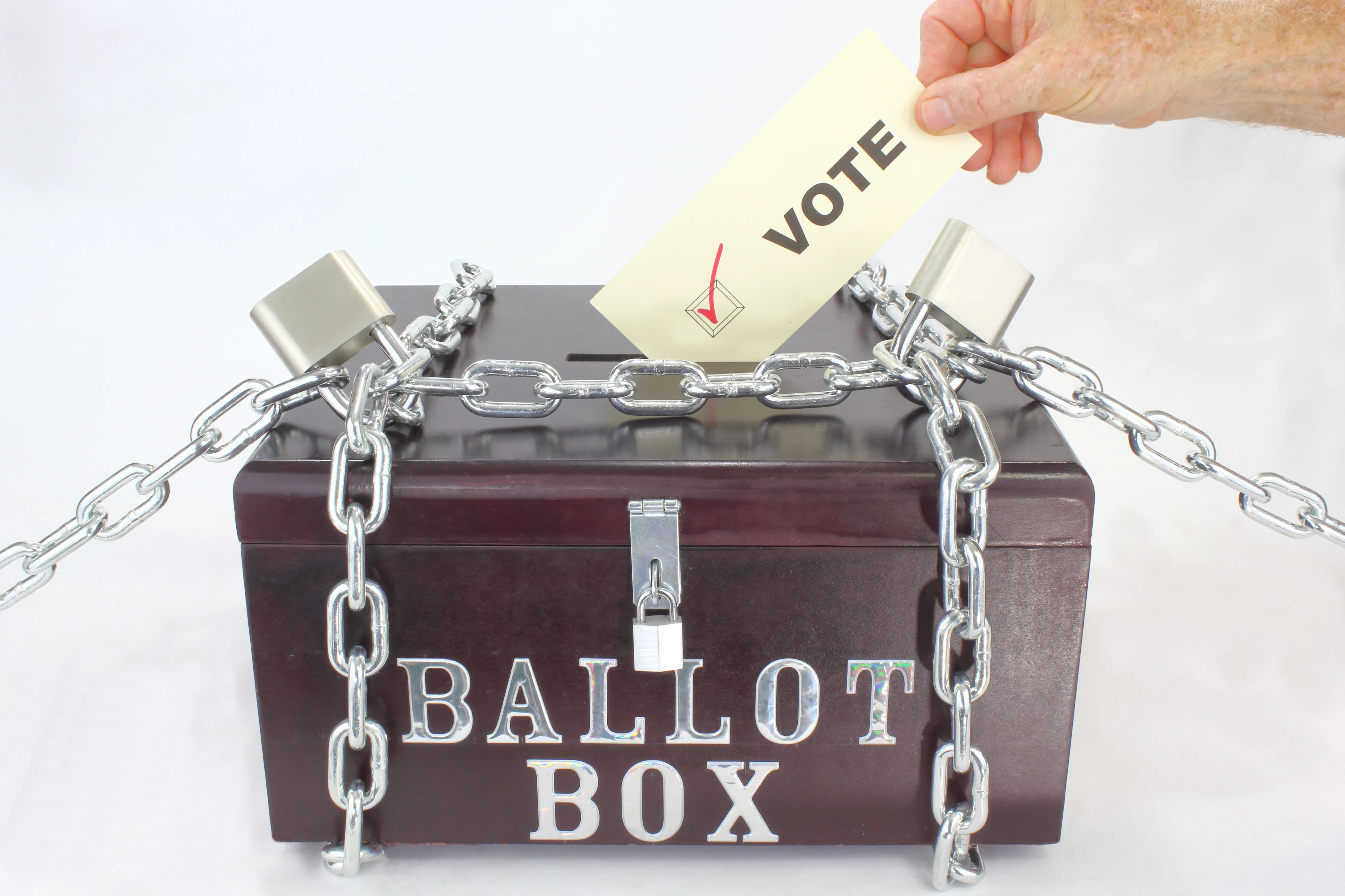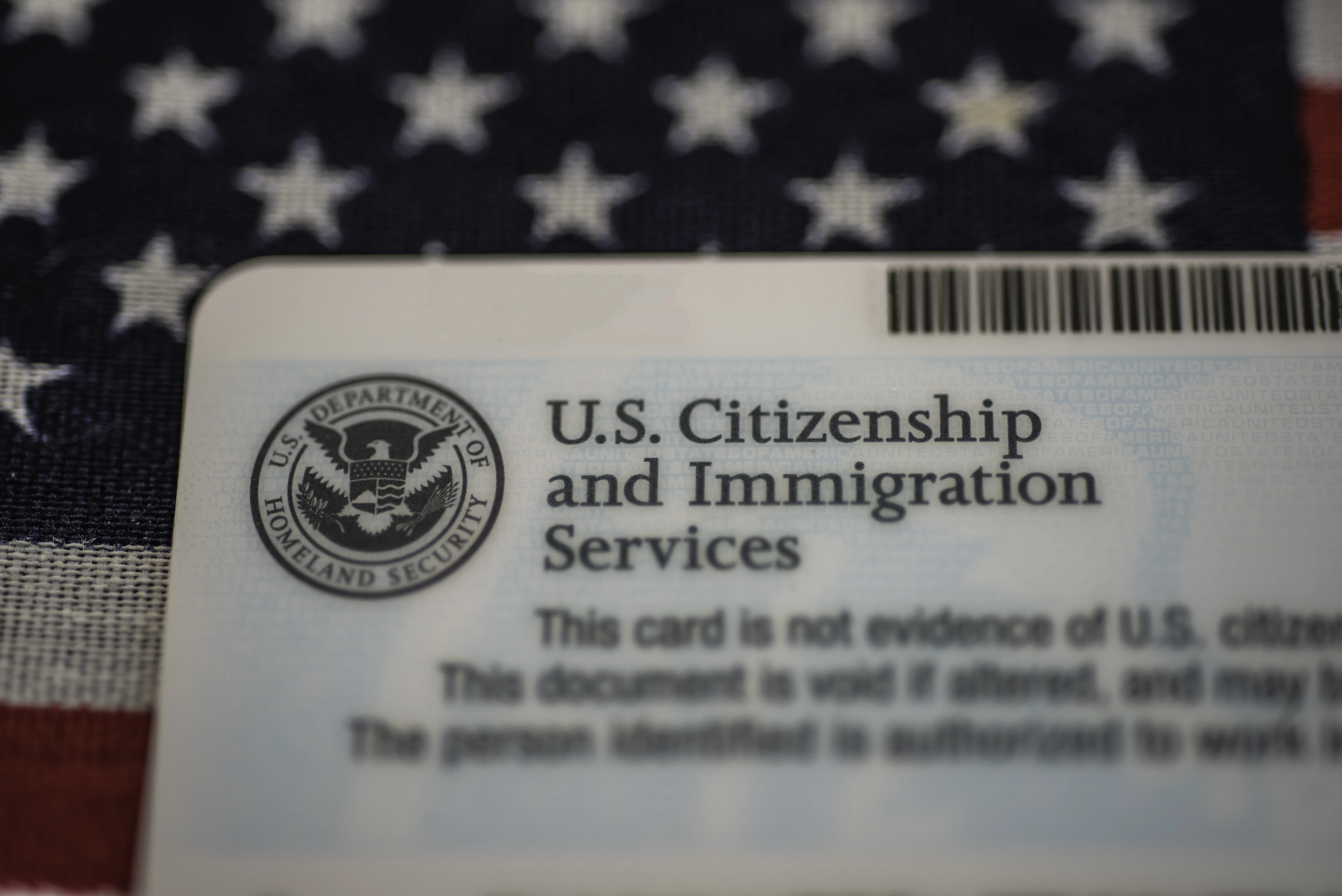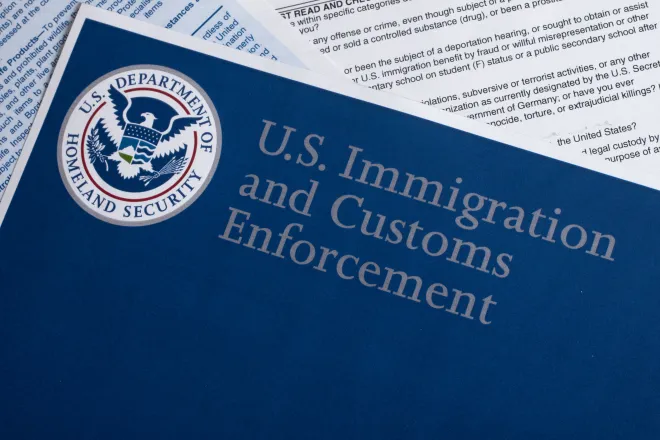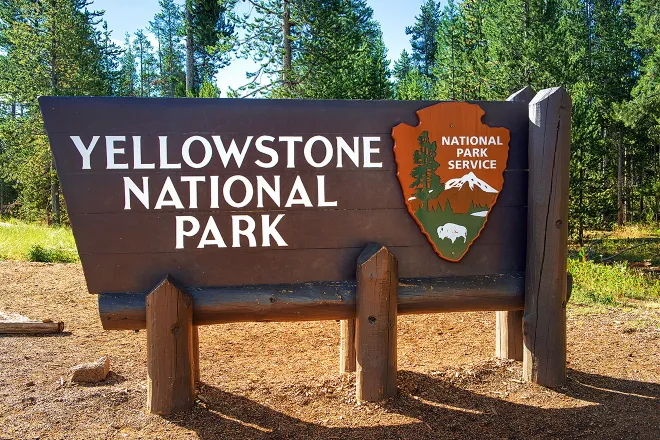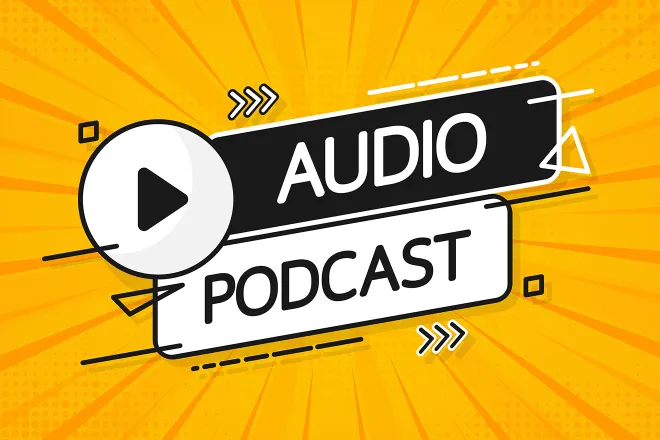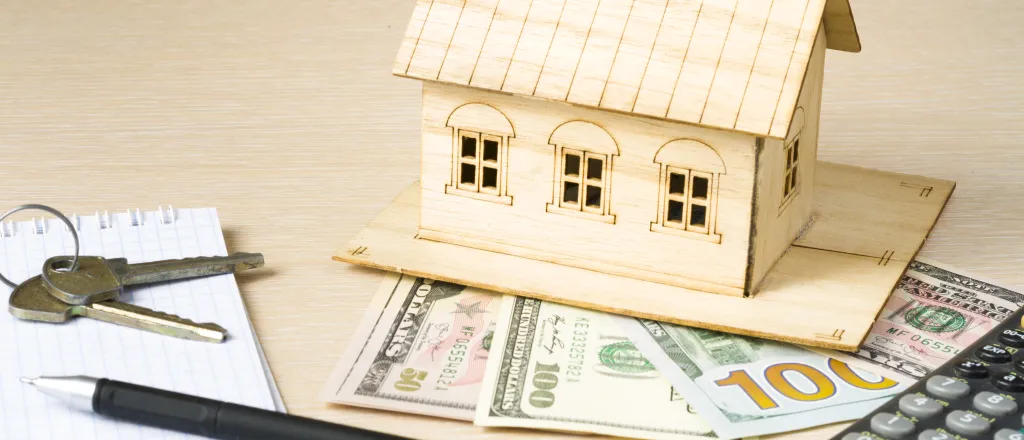
Trump ends FHA COVID-era mortgage assistance
Five years of COVID-era relief for federally-insured mortgages has helped millions of American homeowners retain their properties, while artificially inflating home prices and leading to the potential for Bubble 2.0, insist some experts who are hailing a decision from President Donald Trump’s administration, announced Tuesday, to end one program in September.
The move comes after President Joe Biden, days before leaving office, instructed the Dept. of Housing and Urban Development (HUD) to make the relief efforts permanent.

Critics of the Federal Housing Administration (FHA) COVID relief policy, which allows the agency to front payments on behalf of troubled borrowers, say it’s keeping unqualified borrowers in their homes without making a payment for two to three years, and delaying scarce inventory from going on the market.
COVID-era mortgage relief, initiated by Trump in 2020 and extended by Biden in 2021, “has created another subprime housing bubble and put taxpayers at risk. Trump should end it,” says a February editorial in the Wall Street Journal. “Under the guise of Covid relief, the Biden administration masked the growing troubles in the housing market by paying off borrowers and mortgage servicers to prevent foreclosures. Of the 52,531 FHA loans last year that went seriously delinquent within their first year, only nine resulted in foreclosure.”
Nationwide one in every 1,515 housing units had a foreclosure filing in the first quarter of 2025, reports ATTOM Data, a real estate analyst. Nevada ranked third in the nation for the highest rate of foreclosure filings (behind Delaware and Illinois) with one filing for every 874 housing units.
By comparison, in 2008, at the height of the housing crisis, one in 14 Nevada homes received a default notice.
‘Canary in the coal mine’
The national delinquency rate for all mortgages, which topped 10 percent during the Great Recession, has been rising for more than a year and edged up to 3.53 percent in February, according to Intercontinental Exchange (ICE), a housing finance company.
FHA mortgages, which make up less than 15 percent of all active home loans, but allow higher debt ratios and smaller down payments than other loans, accounted for 90 percent of the 131,000 home loans that went delinquent last year, ICE reports.
Mark Zandi, chief economist for Moody’s Analytics, tweeted last month the FHA delinquency rate is “Leading Indicator #2,” behind only consumer confidence on his recession watch, calling it “a proverbial canary in the coal mine…”
“Not that the financial troubles of FHA borrowers are enough to push the economy into recession. Indeed, high and middle-income mortgage borrowers are having no trouble making their payments at this time – the gap between the FHA delinquency rate and those on Fannie and Freddie loans has never been as large,” Zandi wrote. “But if the economy is headed for trouble, it is FHA borrowers who will signal it first. And they are.”
FHA loans, which are targeted to low-credit, first-time buyers, are a popular option for Nevada borrowers. In 2024, FHA served 766,942 new borrowers nationwide, including just under 11,000 in Nevada, according to its annual report.
Additionally, some 3,500 Nevadans have received assistance via federal relief programs in the last three years, according to the website for the Nevada Affordable Home Assistance Corporation’s (NAHAC), which administers relief programs for some 80 lenders.
‘Extend and pretend’
The COVID relief program allows FHA to make payments, called partial claims, (‘partial’ because the payment is not covering the entire debt) on behalf of delinquent borrowers, and add the amount fronted by the government to the back end of the loan, interest free. The FHA payments on behalf of borrowers cannot exceed 30 percent of a loan’s unpaid principal balance.
“Consider a borrower who misses five $4,000 monthly mortgage payments,” says the WSJ editorial. “The servicer will add the $20,000 in missed payments to the mortgage and reduce monthly payments by $1,000 for three years—adding another $36,000 to their mortgage. So the borrower is $56,000 deeper in debt, though with no additional interest.”
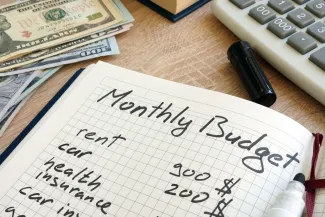
Mortgage expert John Comiskey projects the FHA “made ~2.6 billion dollars in mortgage payments from these stand alone partial claims last year.” Records analyzed by Comiskey indicate some borrowers made no payments for several years, with the FHA stepping in to bring their loans current every three to four months.
Comiskey, who calls the effort “an abject FHA loss mitigation policy failure,” tweeted last month that about 70 percent of some 160,000 FHA Covid relief modifications originated during the past two years are delinquent, and about 55 percent are seriously delinquent.
“The extend and pretend music is still playing for these mortgages, though that music now has an end date, and when it stops many of these mortgages will head to foreclosure,” Comiskey wrote last month. Wednesday, the day after HUD’s announcement, he predicted the end of FHA loss mitigation “will start hitting housing transactions in early ‘26 with maybe some precursor effect late this year.”
“Let’s not forget the reason why most of these people are in trouble. It’s not because they make bad decisions like in 2008,” says longtime Las Vegas Realtor Steve Hawks, referring to borrowers who purchased multiple properties with no-money-down loans. “They’re in trouble because they can’t afford the cost of living. The home they bought for $300,000 is now $550,000. Their property taxes and home insurance have gone up. The cost of maintenance has gone through the roof. They’re using credit cards for everyday expenses.”
It’s unknown how many Nevada homeowners will be affected.
“FHA does not have publicly available information on its home retention solutions by state or dollar amount,” a HUD spokesperson said via email.
Hawks projects Nevada’s phantom inventory of homes with non-performing loans, but no public record of default, could be in the tens of thousands.
“It’s not rocket science,” he says, adding the writing was on the wall when home prices soared and inventory dropped in 2021 and 2022. “A lot of people that were going to sell took their houses off the market,” and opted for loan modification and forbearance programs.
“Let’s not forget the reason why most of these people are in trouble. It’s not because they make bad decisions like in 2008.”
– Las Vegas Realtor Steve Hawks
FHA officials contend the relief has worked, and maintain it is fronting payments on behalf of a small percentage of borrowers. The measures “have proven to be effective in helping struggling homeowners avoid foreclosure and reduce losses,” FHA Commissioner Julia Gordan said just days before Biden left office.
From April of 2020 through September 2024, some 1.7 million FHA borrowers took part in COVID-19 forbearance, according to the agency’s 2024 annual report to Congress. Of those, 77 percent were able to get back on track, either paying off their loan or becoming current on their mortgages. Some 371,000 borrowers (22 percent) remained in delinquency or forbearance.
As of September 2024, FHA held active mortgage insurance on 7.81 million single family mortgage loans. The share of FHA borrowers who are seriously delinquent stood at 4.15 percent in September 2024, a slight increase from a year ago but consistent with rates seen prior to the COVID-19 pandemic.
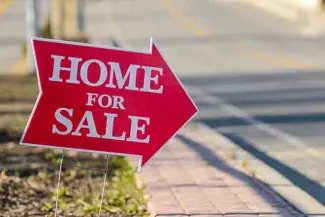
© iStock - Jeff Manes
Of some 425,000 loss mitigation actions reported by FHA to Congress in its 2024 annual report, just under 324,000 were partial claims.
Loan servicers receive a monetary incentive for participating in the relief program – between $500 and $1,750 every time the FHA steps up on behalf of borrowers.
“The FHA made 556,841 ‘incentive payments’ to servicers over the past year to prevent foreclosures—nearly as many as the new mortgages it insured,” says the WSJ editorial. “Government-backed mortgage relief has become a cash cow for servicers, some of which originated the risky loans they are paid not to foreclose. Moral hazard, anyone?”
Las Vegas real estate expert Tony Ricco says he contacted an FHA lender in an attempt to buy delinquent loans but was turned down. “Why would they sell them? They’re getting paid by the federal government on non-performing loans.”
Ricco says the level of manipulation in the housing market is preventing “true price discovery” and “is skewing housing to be unaffordable.”
The end of FHA loss mitigation could see “some additional homes entering the market from the seller’s side as either those borrowers are forced to sell to avoid foreclosure or once the foreclosure is complete,” says Nicholas Irwin, Research Director at UNLV’s Lied Center for Real Estate. “The tricky part is that foreclosed homes become HUD homes and I don’t know how quick the process is from foreclosure to on the market.”
Additional housing supply results in downward pressure on prices, Irwin says. “How much of an effect will depend on how many folks are impacted in our area.”
Unlike 2008, when most properties were privately held, government-sponsored entities such as FHA, the Veterans Administration, the U.S. Dept. of Agriculture, Fannie Mae, and Freddie Mac, have skin in the game on about half of all mortgages.
“The government’s not going to foreclose on these people just to put them on another relief program,” Hawks said. “That’s why they’ve been letting them go for this long.”

